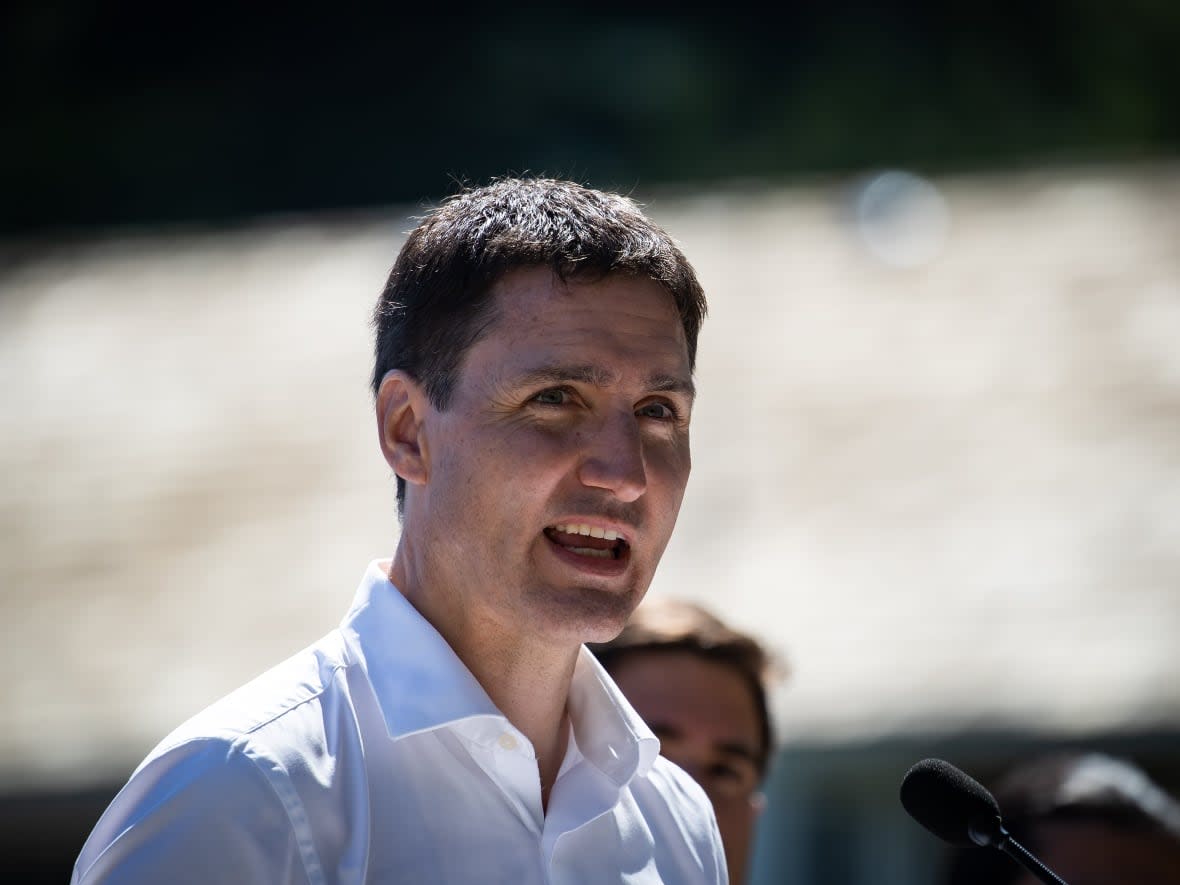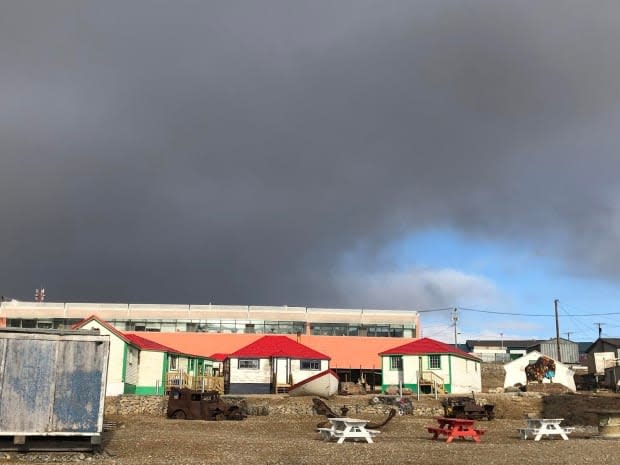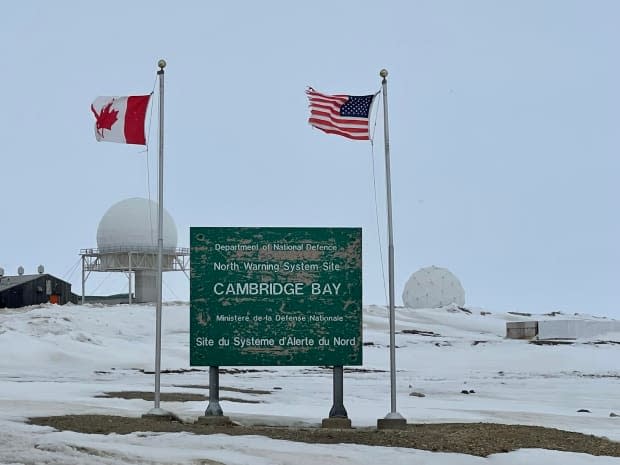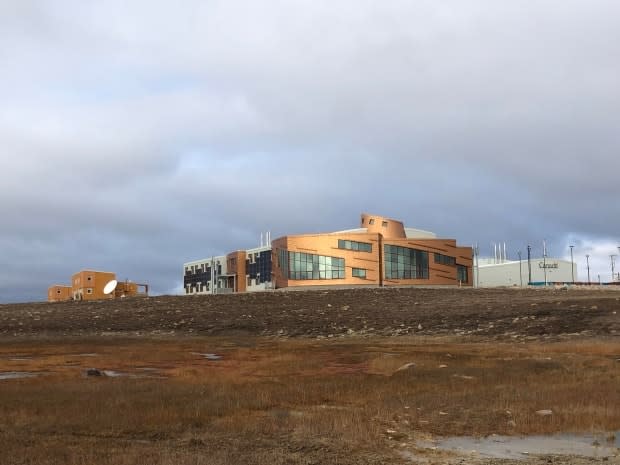Prime Minister, NATO secretary general to visit Nunavut, with spotlight on Arctic defence

Prime Minister Justin Trudeau and Jens Stoltenberg, the Secretary General of the North Atlantic Treaty Organization (NATO,) will be visiting Cambridge Bay, Nunavut, on Thursday.
The two plan to discuss climate change and its impacts on defence and security, among other topics, "especially in the Arctic," Trudeau's office said.
Stoltenberg will also visit Cold Lake, Alta., with Trudeau.
"Together, we will continue working closely with allies and partners to address today's threats and security challenges, defend our values and way of life, and reinforce the rules-based international system now and into the future," Trudeau said in an Aug. 19 news release about the visit.
The stop in Cambridge Bay is significant because Canada has been attempting to avoid the Arctic security issues, said Rob Huebert, associate professor in the Department of Political Science at the University of Calgary. Huebert is also a senior research fellow with the Centre for Military Security and Strategic Studies.
"There have been statements since February when the war resumed that the Russians are not a land threat to Canada. Of course, that is not the threat," said Huebert, adding the real threat is "maritime and aerospace."

Cambridge Bay puts Trudeau and Stoltenberg right at the gateway of the Northwest Passage through the High Arctic Islands, which are expected to become more accessible to maritime traffic as Arctic ice melts.
At the same time as the official visit, the Operation Nanook-Nunakput military exercise, with more than 200 troops in Cambridge Bay to survey the NW Passage, is also in full swing.
"This is a good chance to show the secretary general what Canada has been doing," Huebert said.
"He has never shown up for this before. But the exercises tend to be focused on constabulary requirements, SAR [search and rescue], pollution control, response to wildfires and flooding ... there tends to be very little attention to the war fighting capabilities that Putin now requires us to have."
Huebert said he suspects this week's visit is an effort to push Canada into taking that threat seriously.
NATO involves 30 member states — 28 European and two North American — while two new Arctic members, Finland and Sweden, have agreed to defend each other against attacks by third parties.
"All of the northern NATO members have been much more serious," said Huebert.
Radar site slated for a visit
While in Cambridge Bay, Trudeau said he and Stoltenberg would also visit one of the sites of the North Warning System (NWS), a part of the North American Aerospace Defence Command (NORAD), a joint organization of Canada and the United States.
The NWS provides aerospace warning, air sovereignty, and defence for the two countries from the Canadian Forces base in North Bay, Ont.

Built in 1953, the Cambridge Bay Cam-Main station includes three radar bulbs near the airport now serving the community of about 2,000.
In July, Ottawa announced the federal government's plan to spend $4.9 billion over the next six years to modernize continental defence.
That NORAD overhaul would include the replacement of the NWS across the three territories. It evolved in the 1980s from the Distant Early Warning (DEW) Line, originally built to monitor Soviet missile threats.
Arctic research station on the agenda
Trudeau and Stoltenberg also plan to visit the Canadian High Arctic Research Station (CHARS). Its enormous copper-clad main building can be seen from nearly everywhere in town.
There they will also meet with Canadian Armed Forces personnel in Cambridge Bay as part of Operation Nanook-Nunakput, who have based their operations out of CHARS.
Trudeau was originally scheduled to host the official opening of the research station in July 2017. That was postponed to August 2019, but Trudeau was still not in attendance.

The research station, which cost an initial $142.4 million to build and another $46.2 million to complete, includes a network of big offices, a boardroom with a table long enough to seat 28 and large stainless-steel laboratories.
Its public areas include a meeting space, broadcast studio and kitchen, all adorned with Inuit art from the four Inuit regions.
Local community sources in Cambridge Bay say the two VIPs will also meet with members of the public at the town's heritage park, built as an attraction for cruise ships.
The visit to Cambridge Bay, the hub of western Nunavut, is Trudeau's first as prime minister.


